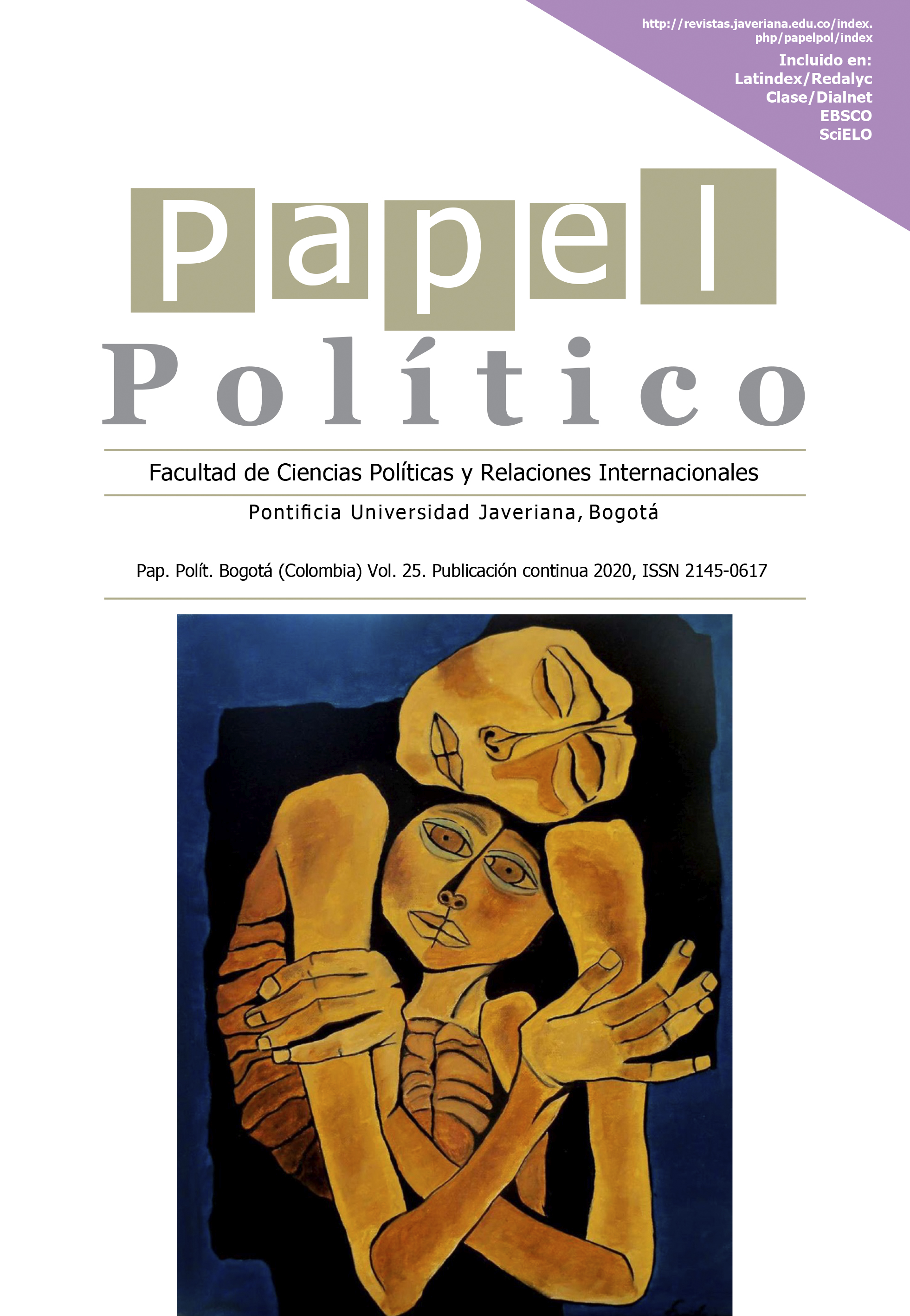Abstract
The paper examines the performance of income inequality under different macroeconomic regimes in Argentina during the last four decades and evaluates the factors that explain its changes. The hypothesis examined holds that, after the dismantling of the import substitution industrialization model, the structural heterogeneity of the Argentine occupational system would have deepened, which would have consequences on the socioeconomic inequality pattern. To address this hypothesis, a decomposition model of the Gini coefficient is carried out by distinguishing the contribution of different economic sectors in the inequality of family income. The information was constructed from the Permanent Household Survey (Encuesta Permanente de Hogares) carried out quarterly by the National Institute of Statistics and Censuses of Argentina (Instituto Nacional de Estadística y Censos). Data correspond to the Greater Buenos Aires Area, as it is the only one for which information exists during the whole period. The findings reveal that the higher inequality is explained by the greater inequality of labor income, the concentration of income by the most modern economic sectors and by an impoverishment of the low productivity sector.

This work is licensed under a Creative Commons Attribution 4.0 International License.
Copyright (c) 2021 Agustín Salvia, Santiago Poy, Julieta Vera


